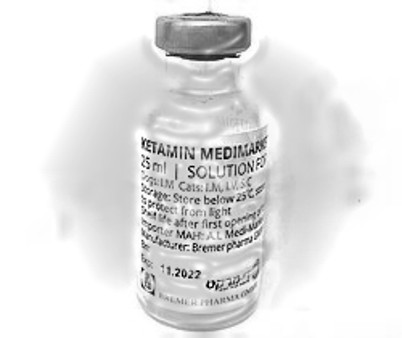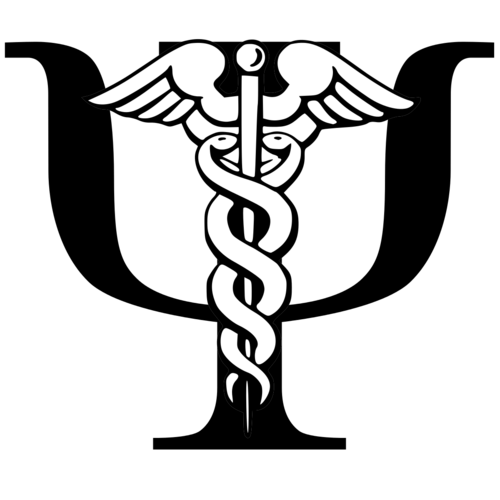

Ketamine hasn’t always been a recreational drug, it started off being used in hospitals for surgeries and pain relief. Whilst still used for these purposes today, along with a few others, public knowledge of ketamine often focuses on it’s misuse.
Read below to see the complete history of Ketamine…
Ketamine’s earliest recording is in 1962 by Dr. Calvin L. Stevens at the Parke-Davis Company in Detroit, Michigan.
It’s original purpose was to be a safer alternative to phencyclidine (which was an anaesthetic for surgical procedures and known for is severe side effects).
The very first time that ketamine was used on a person occurred in 1964, where it was noted for its anaesthetic properties without the severe side effects that phencyclidine had.


Ketamine received an FDA approval in 1970 as a general anaesthetic, meaning that its benefits outweigh its known risks and can be used in public settings.
Its rapid onset and safety profile made it particularly useful in emergency medicine and on the battlefield during the Vietnam war, where it was extensively used for pain management and anaesthesia on wounded soldiers.
Beyond human medicine, ketamine became a standard anaesthetic in veterinary practices due to its effectiveness and safety on animals.
In the early 2000s, researchers began exploring ketamine’s potential to treat depression, particularly treatment-resistant depression.
Studies showed that ketamine had the capabilities to alleviate depressive symptoms rapidly, often within hours, contrasting the traditional antidepressants that were in use at the time.
Ketamine’s unique mechanism involves a neurotransmitter called “glutamate”. This plays a key role in your brain’s communication system, accounting for over 90% of the synaptic connections in the human brain and Ketamine promoted neuroplasticity and synaptic regrowth in this area.


Despite ketamine’s medical benefits, it gained popularity as a recreational drug in the 1980s and 1990s, often being associated with club culture and known for its dissociative effects. This led to increased scrutiny and regulation.
Today, ketamine is widely recognised as an essential medicine by the World Health Organisation and is increasingly used in clinical settings for mental health treatment, reflecting a significant shift in perception and application.
Neuroplasticity: The brain’s ability to adapt and re-organise itself by forming new neural connections throughout its life. This allows you to learn, recover from injuries and adapt to new experiences.
Synapse: The junction between two neurons (nerve cells) that allow for transmission of electrical or chemical signals.
Phencyclidine: A recreational drug that causes hallucinations, psychosis and violence. It was used as an anaesthetic during treatment before ketamine.
Treatment-resistant depression: Depression that has a lack of sufficient response to conventional antidepressant medications or psychotherapy.